Freshwater Trolling By Braden Niper
I can remember the day like it was yesterday; I was sixteen years old my first fishing trip to Canada with “the guys.” I had spent the previous 10 years watching my dad leave for a week each spring and them come home with tales and pictures of massive pike and walleyes beyond count. We had spent thirty-two hours driving and then an hour plus in a float plane, but we were finally there, a single cabin on a twenty-six-mile-long lake on the Ontario / Manitoba border. As we unloaded from the plane on that sunny 65-degree afternoon, the group that had been in camp the previous week was singing sweet music to our ears, the pike were up shallow and feeding with vengeance, and every point seemed to be piled high with walleyes eager to eat any jig you put in front of them.
Two hours later after we had unloaded all our gear and headed down to the lake for our first evening of fishing the breeze had picked up and it was already noticeably cooler. By dark that first night it was down to 40 degrees, raining, and the wind was blowing 30+ out of the north. Not one fish had been landed among six experienced anglers in four hours of fishing.
The next day was more of the same, the rain was gone, but the fish still were not in the feeding mood, a few small hammer hand pike were caught casting to wood structure near deep water, and a few small walleyes had been jigged deep, but it certainly was not the fishing you travel half way across the continent for. After ten fishless hours on the water my father and I were about to call it a night and start the 2-mile boat ride back to the cabin. On a whim, my dad suggested we try slow trolling back out the bay we had been fishing as we had to go relatively slowly due to some unmarked boulders we had to avoid anyway. We both cast the crankbaits we had been fishing 60 or so feet behind the boat, dropped the rods into the holder and started the slow dejected ride back. I don’t think the boat had gone a hundred yards before both rods doubled over and we were hooked up to a double of 22″ walleyes. By the time, we had made it back to the cabin, we had caught 18 walleyes and 4 pike between us, one of which was over the 3-foot mark. Eventually the weather did straighten out that week and by the last day fishing was back to how it was supposed to be, but for those first few days, if you wanted to be catching, you had better have been trolling.
Why to troll: Trolling can be effective in a variety of conditions but sometimes it is the only way to put fish in the boat. Cold front conditions often move fish off of shallow feeding structure, but they can often times be found suspended in open water not far away. Trolling can be a wonderful way to target these fish that are not actively feeding as it allows you to present a bait at depths not achievable when simply casting and retrieving. A trolled bait is also working all the time, as opposed to the time it takes to cast a bait, reel it down to depth, and then have it ascend at the end of your cast, up to 50 % of the time your bait is out of the fish’s zone.
Trolling is also a great away to learn a new body of water or to cover water to find schools of fish. Many small boat anglers out there do not have high end electronics but trolling is a fast way to cover water and locate fish. I spent many trips over the years portaging canoes into back country lakes and ponds, and once on the water trolling diving crank baits was what normally put the first fish in the boat. In fact, any time you are underway in a paddle driven vessel or using an electric trolling motor it is a waste to not have a lure dragging behind the boat maximizing your fishing time and effort.
Trolling can be a great way to get kids or inexperienced anglers hooked up to larger gamefish. The technique does not require precise casting skills or the ability to work a plug or lure effectively.
Lastly, trolling is also a great way to target fish that are actively feeding on baitfish that school suspended in open water.
What You Can Catch:I cannot think of a species of fresh water fish I have not seen caught trolling, including one memorable occasion when a 22 pound carp ate a deep diving plug meant to tempt Delaware River walleyes. More often than not, however anglers troll to target, walleyes, striped bass, trout, salmon, pike, and musky. Great lakes salmon and trout are almost always caught on the troll as they roam the vast expanse of open water chasing alewives, whereas species like walleye and musky it tends to be more situationally based on time of year as well as weather pattern.
Where To Begin: Floating plugs and crankbaits are the easiest way to begin trolling and are one of the most effective baits to pull. Most lipped plugs have a good swimming action on a steady troll. Floating baits are preferred as they will float up to the surface as opposed to sinking to the bottom and getting snagged if the boat is taken out of gear to fight a fish hooked on another line, or any other reason. Pick a water depth that you think holding in, set a few baits out behind the boat, and then attempt to hit as many different varied structures and cover types as possible.
One of the best pieces of advice I can give is to not be a drone when trolling. All too often I will hear that guys went out trolling for hours and didn’t catch anything. When asked what they were fishing, they will invariably reply something like “I trolled two perch Rapalas all over this lake for hours and didn’t even have a bite.” I just shake my head, if they didn’t get a bite in the first hour on a bait, why continue to pull it all day? Even if I am trolling only two baits I never start out with identical plugs. I almost always start with different colors and diving depths, and will continue to change baits every 15 to 30 minutes until I find something the fish want to eat. There are days when tremendously small variations can sometimes make big differences. I can recall days when the only thing rainbow and browns would hit were small crystal minnows in the hot tiger pattern, troll the same size, color, and depth rapala and you would think you where fishing in a desert. Bottom line, keep trying new things, depth, color, size, manufacturer until you find something the fish will eat.
Trolling Tackle: If you want to give trolling a try you probably don’t need to go out and spend a ton on new tackle. Many of the same traditional spinning and baitcasting rods you already own will work for just giving it a try. If you decide you want to get more serious about it, there are many products on the market specifically made for trolling that will make your life much easier such as reels with line counters built in, rod holders designed to hold your rods parallel to the water and give more spread to your lines, as well as many specially rods with actions appropriate for different trolling techniques. Being that I am normally trolling to find active fish that I will then target with other methods, I usually just end up trolling with my jigging or casting rods I have on board that day. Being that this is an intro into trolling I am not going to talk about specialized techniques such as planar boarding, down rigging, or lead core trolling as they can be entire articles or books in themselves.
Final Thoughts:As I have heard many times in my life, you can’t catch a fish if your line isn’t in the water. Trolling, whether to catch or find fish, or simply a way to keep you fishing when travelling from one spot to the next keeps your chances of hooking up alive. The next time a cold front comes through and shuts your bite down, it might not be time to head for the ramp, just drop out into a little deeper water, throw out your favorite crankbait, and see if you can’t troll up a memory.

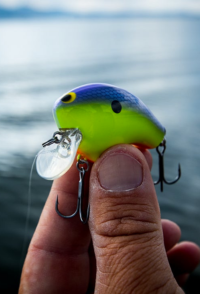
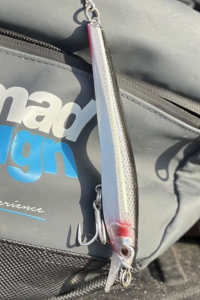

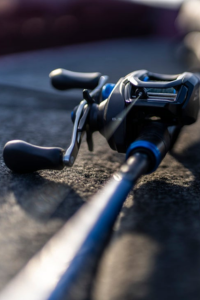

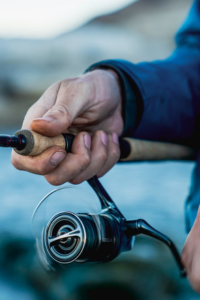
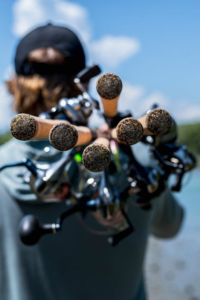
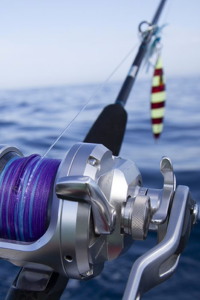
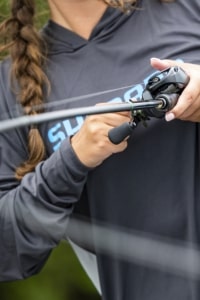
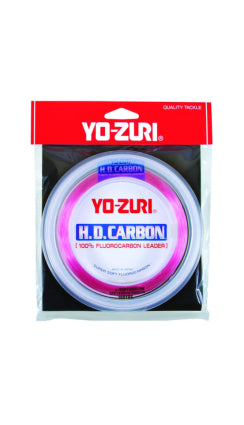
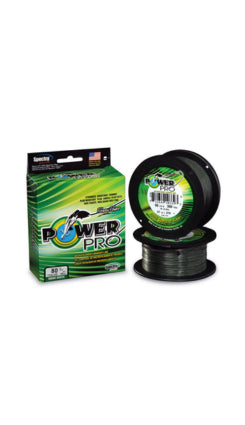
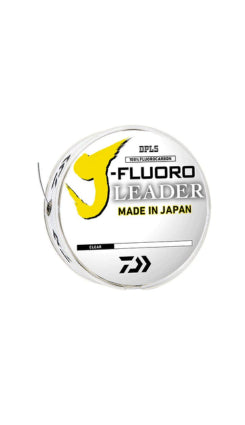

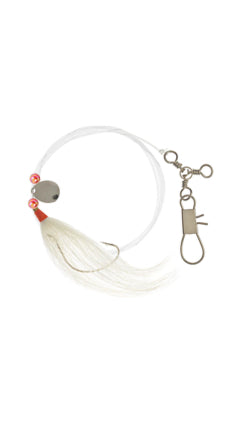

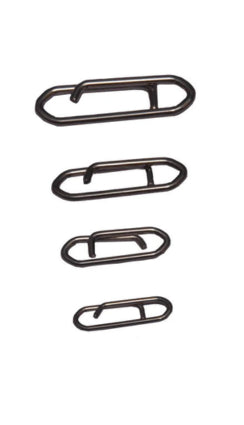

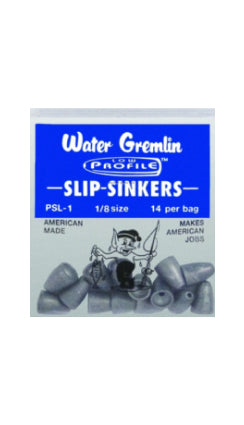
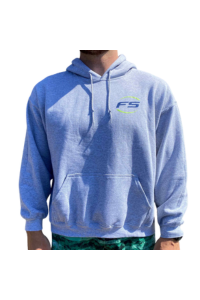
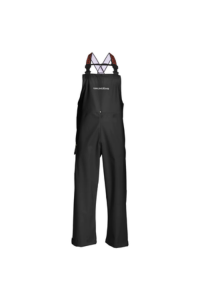
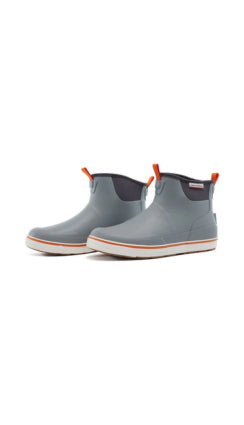
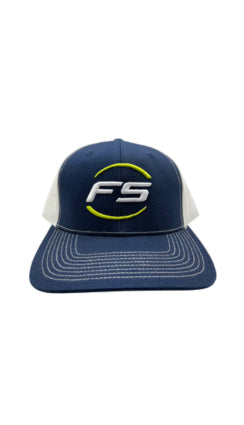
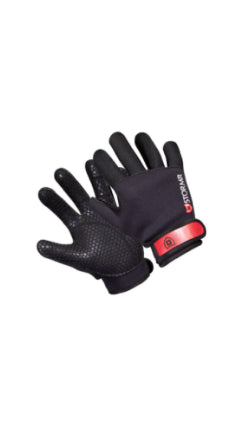


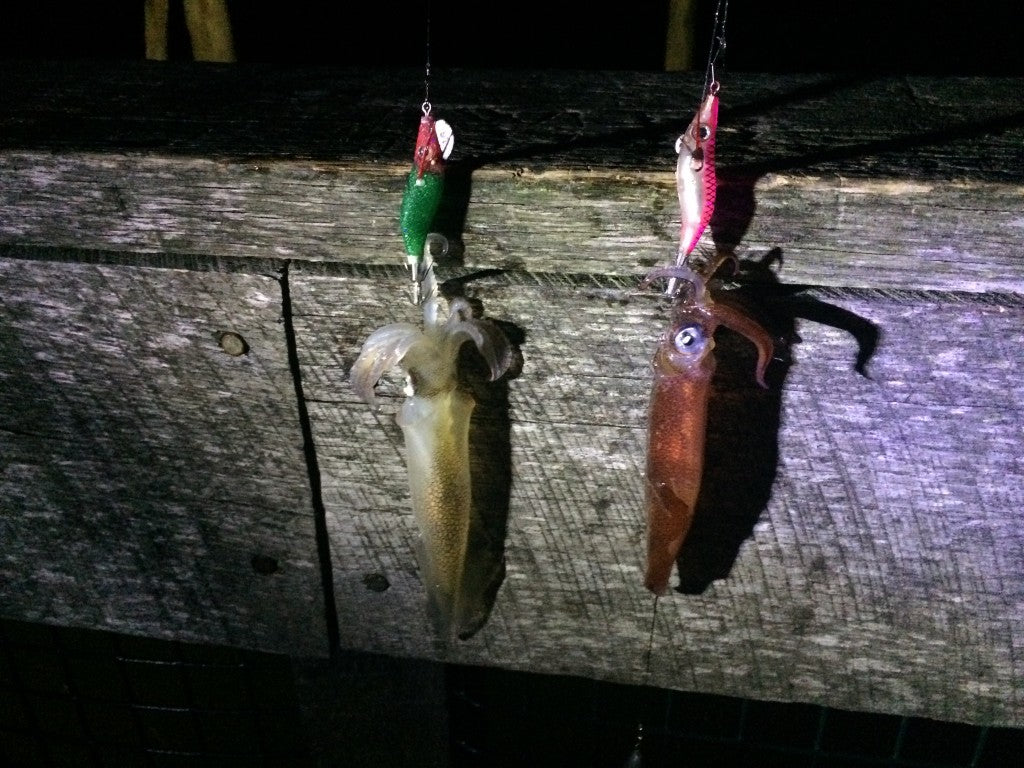
1 comment
EH
Excellent article and good reminders on trolling. I fish a lot in-and off shore saltwater and during the freah water season from a fishing kayak. These described techniques work just as well in saltwater. Once again, trolling
mid-size floating Rapala’s and other minnow types will out fish in the boat. Thanks Leone …
Excellent article and good reminders on trolling. I fish a lot in-and off shore saltwater and during the freah water season from a fishing kayak. These described techniques work just as well in saltwater. Once again, trolling
mid-size floating Rapala’s and other minnow types will out fish in the boat. Thanks Leone …